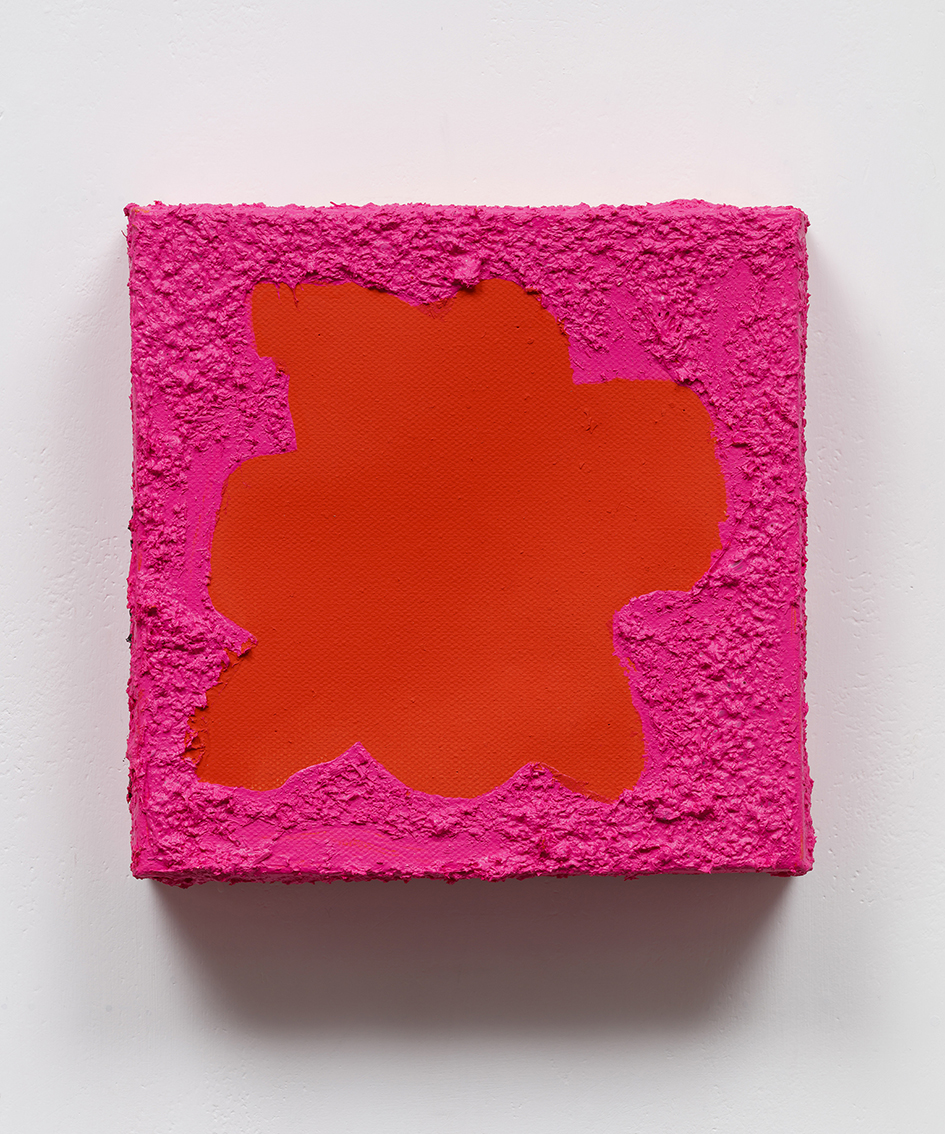●★ Frederic Chopin : 19 Waltzes~ Performed by Vladimir Askenazy ★●
● Waltz in Eb Major n.1 Op.18 <화려한 대왈츠> ● Waltz in Ab Major n.2 Op.34-1 <화려한 왈츠> ● Waltz in a minor n.3 Op.34-2 <슬픈 왈츠> ● Waltz in F Major n.4 Op.34-3 <고양이 왈츠> ● Waltz in Ab Major n.5 Op.42 ● Waltz in Db Major n.6 Op.64-1 <강아지 왈츠> ● Waltz in c# minor n.7 Op.64-2 ● Waltz in Ab Major n.8 Op.64-3 ● Waltz in Ab Major n.9 Op.69-1 <고별 l'adieu> ● Waltz in b minor n.10 Op.69-2 ● Waltz in Gb Major n.11 Op.70-1 ● Waltz in f minor n.12 Op.70-2 ● Waltz in Db n.13 n.13 Op.70-3 ● Waltz in e minor n.14 Op. posth ● Waltz in E Major n.15 Op.posth ● Waltz in Ab Major n.16 Op.(..?) ● Waltz in Eb Major n.17 <Waltzer> ● Waltz in Eb Major n.18 B.133 <Waltzer> ● Waltz in a minor n.19 <Valse>
● 프린세스 미뉴엣♡ 광화문 교보에서~ Aug. 2013 ●
● F.Chopin - Waltzes
Frédéric
Chopin’s Waltzes are pieces of moderate
length adhering to the traditional 3/4 waltz time, but are remarkably different
from the earlier Viennese waltzes in that
they were not designed for dancing but for concert performance. Some of them are
accessible by pianists of moderate capabilities, but the more difficult of them
require an advanced technique. Carl Maria von
Weber's Invitation
to the Dance was an early model for Chopin's waltzes. Chopin started writing waltzes in 1824,
when he was fourteen, and continued until the year of his death, 1849. Probably the most famous is the
so-called Minute Waltz in D-flat
major of 1847, part of the last set of waltzes Chopin published (Op. 64). There are thirty-six separate
compositions that are of interest to students of the Chopin waltzes. Chopin published eight waltzes in his
lifetime. A further five were published with posthumous opus numbers in the
decade following his death, and since then a further seven have been published,
without opus numbers. Of these, two are considered doubtful. This brings the
total to eighteen canonic waltzes, although often these are not numbered past
the first fourteen. The eighteen waltzes include a piece
that was untitled; it is in 3/4 time with the tempo indication Sostenuto,
and it has some of the characteristics of a waltz, so it is often (but not
universally) catalogued with the waltzes. In addition, there remain: Zoltán Kocsis (Hungarian: [ˈzoltaːn ˈkotʃiʃ]; born May 30,
1952) is a Hungarian pianist, conductor, and composer. Born in Budapest, he started his
musical studies at the age of five and continued them at the Béla Bartók
Conservatory in 1963, studying piano and composition. In 1968
he was admitted to the Franz Liszt
Academy of Music, where he was a pupil of Pál Kadosa and Ferenc
Rados.[1] In 1970, he gave his first important debuts both at home and abroad. During
the following 25 years he toured all over the world, performing with the Berliner
Philharmoniker, Chicago Symphony
Orchestra, the San
Francisco Symphony Orchestra, the New York
Philharmonic, the Staatskapelle
Dresden, the Philharmonia of London, and
the Wiener
Philharmoniker. American critic Harold
Schonberg praised Kocsis' extraordinary technique and fine piano tone.[2]
Kocsis has recorded the complete solo and with orchestra piano work of Béla Bartók.[3]
In 1990, his recording of Debussy's "Images"[4]
won "The Gramophone" Instrumental Award for that year. In recent years, Kocsis has taken the role of conductor, especially with the
Budapest
Festival Orchestra (of which he was a founder)[5]
and the Hungarian
National Philharmonic, where he is the current musical director.[6]
| |||||||||||||||||||||||||||||||||||||||||||||||||||||||||||||||||||||||||||||||||||||||||||||||||||||||||||||||||||||||||||||||||||||||||||||||||||||||||||||||||||||||||||||||||||||||||||||||||||||||||||||||||||||||||||||||||||||||||||||||||||||||||||||||||||||||||||||||||||||||||||||||||||||||||||||||||||||||||||||||||||||||||||||||||||||||||||||||||||||||||||||||||
'Lecture Concert' 카테고리의 다른 글
| Igor Stravinsky : Petrouchka - Pollini (0) | 2015.07.06 |
|---|---|
| 스트라빈스키 : 페트르슈카 - 유자황(piano) (0) | 2015.07.06 |
| J.S. BACH : Welltempered Clavier (0) | 2015.07.05 |
| Edgard Varèse - Poeme Electronique (0) | 2015.07.05 |
| 라프마니노프 : 피아노 소나타 2번 (0) | 2015.07.05 |

